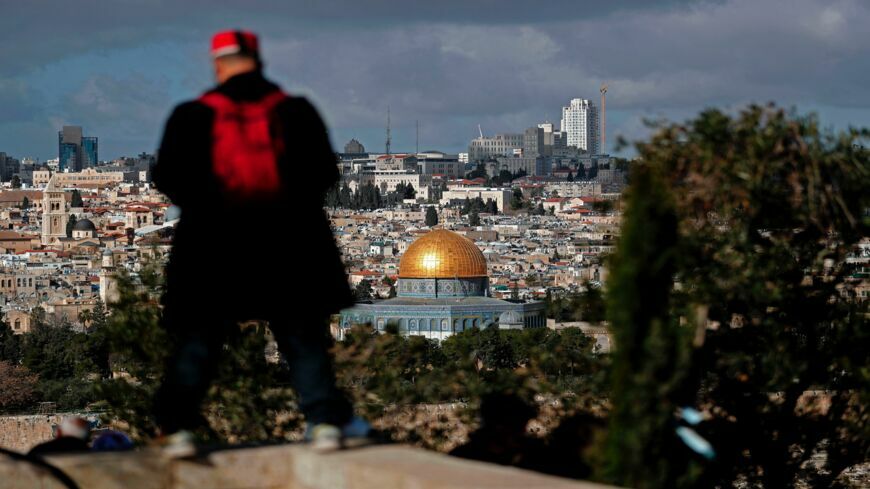“Sometimes Muslims in today’s society are afraid of other people judging them,” says Laiba Amjad, a 19-year-old senior at MDQ Academy Islamic school in Brentwood, New York. “[Non-Muslims] are also afraid, they’re thinking ‘what if that person is an extremist?'”
Laiba is part of a new initiative speared by nearly 80 Islamic schools nationwide to integrate Muslim and non-Muslim students together with the set goal to build new friendships. Last spring, she was part of a Muslim student group visiting Saint Anthony’s High School, a nearby Roman Catholic school. According to Reuters, the mission was to “give students whose schools are just 10 miles (16 km) apart but culturally worlds away a chance to get to know each other.”
A recent study of the nation’s Muslim high schools found that the students did not vary much from their non-Muslim peers in terms of interests and sense of being American. “These are very, very typical kids in a lot of ways, but also see themselves as Muslims and objecting to some things in American society just as a lot of Evangelical (Christian) and Jewish kids would,” says Charles Glenn, an education policy expert who led the study of Islamic schools.
The Council of Islamic Schools in North America (CISNA) plans for more field trips and opportunities for interaction between their Muslim students and those attending non-Muslim schools. According to Reuters, “the Council is asking its educators to launch more volunteer projects outside the Muslim community, attend local government meetings and create a database of alumni to track their graduates’ success.”
CISNA Director Sufia Azmat says one thing is very clear: “Be open to outsiders.”



